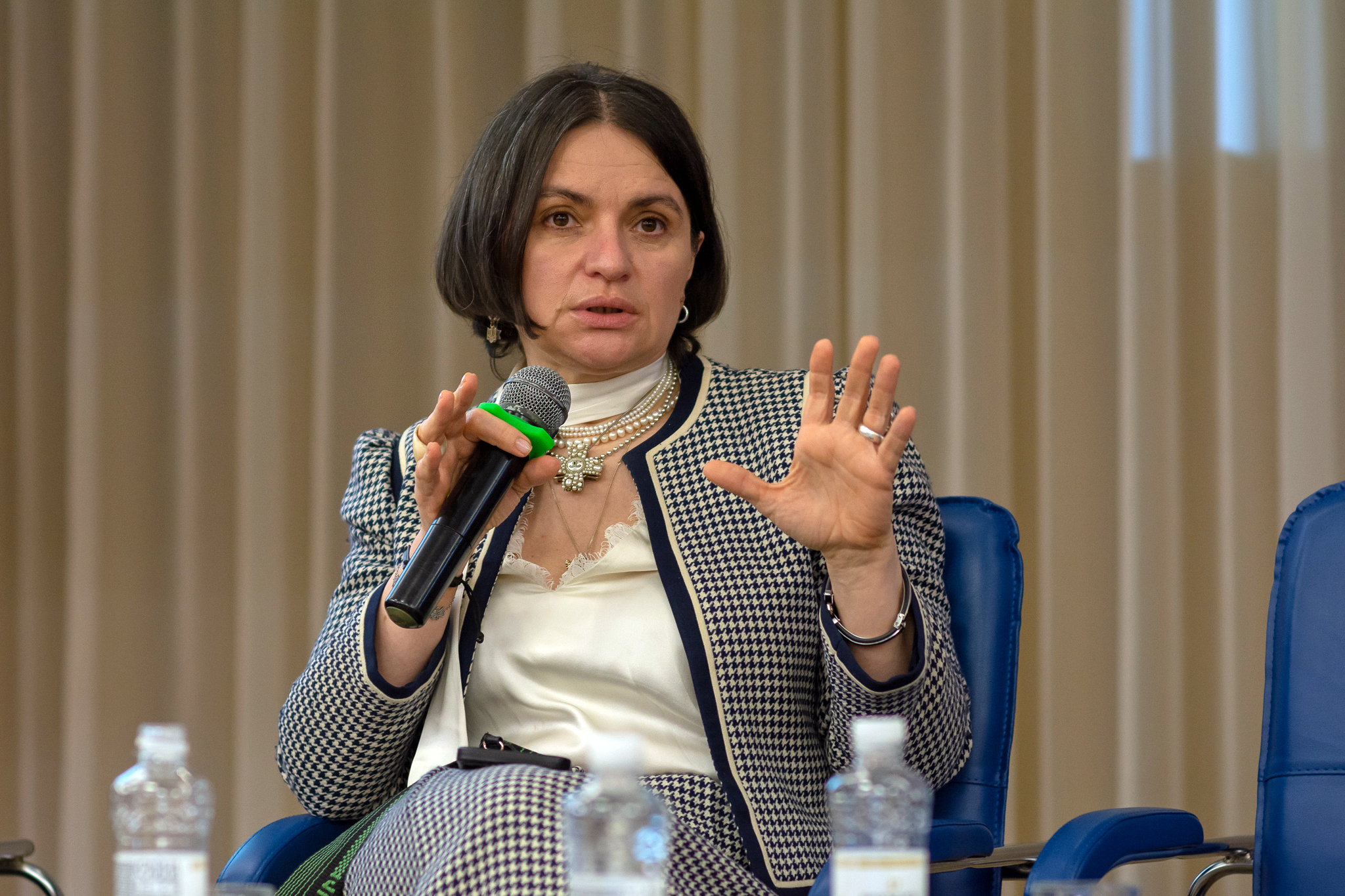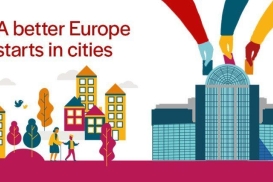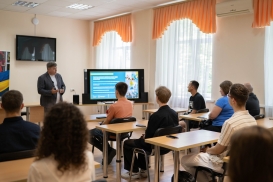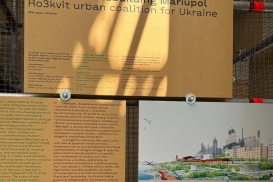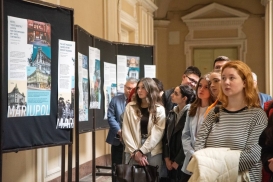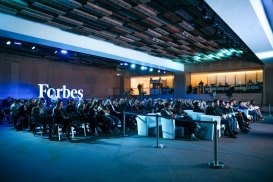DEVELOPMENT OF DE-OCCUPIED AND TEMPORARILY OCCUPIED COMMUNITIES WAS DISCUSSED IN KYIV
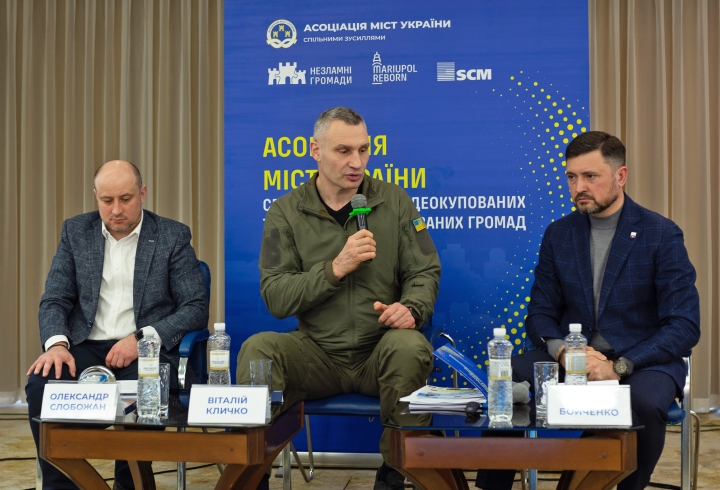
The first meeting of the Section for the Development of De-occupied and Temporarily Occupied Communities at the Association of Ukrainian Cities took place in Kyiv. The goal is to unite the efforts of cities affected by russian aggression to effectively address current problems, coordinate assistance to internally displaced persons, and develop joint projects. The meeting was attended by government officials, members of parliament, and more than 60 representatives of Ukrainian communities.
The full-scale invasion has brought new and complex challenges to communities. Many cities are still occupied, and millions of people have become internally displaced. During the meeting, the problems of residents of de-occupied and temporarily occupied communities were discussed. In particular, support for internally displaced persons, of which there are currently almost 5 million in Ukraine.
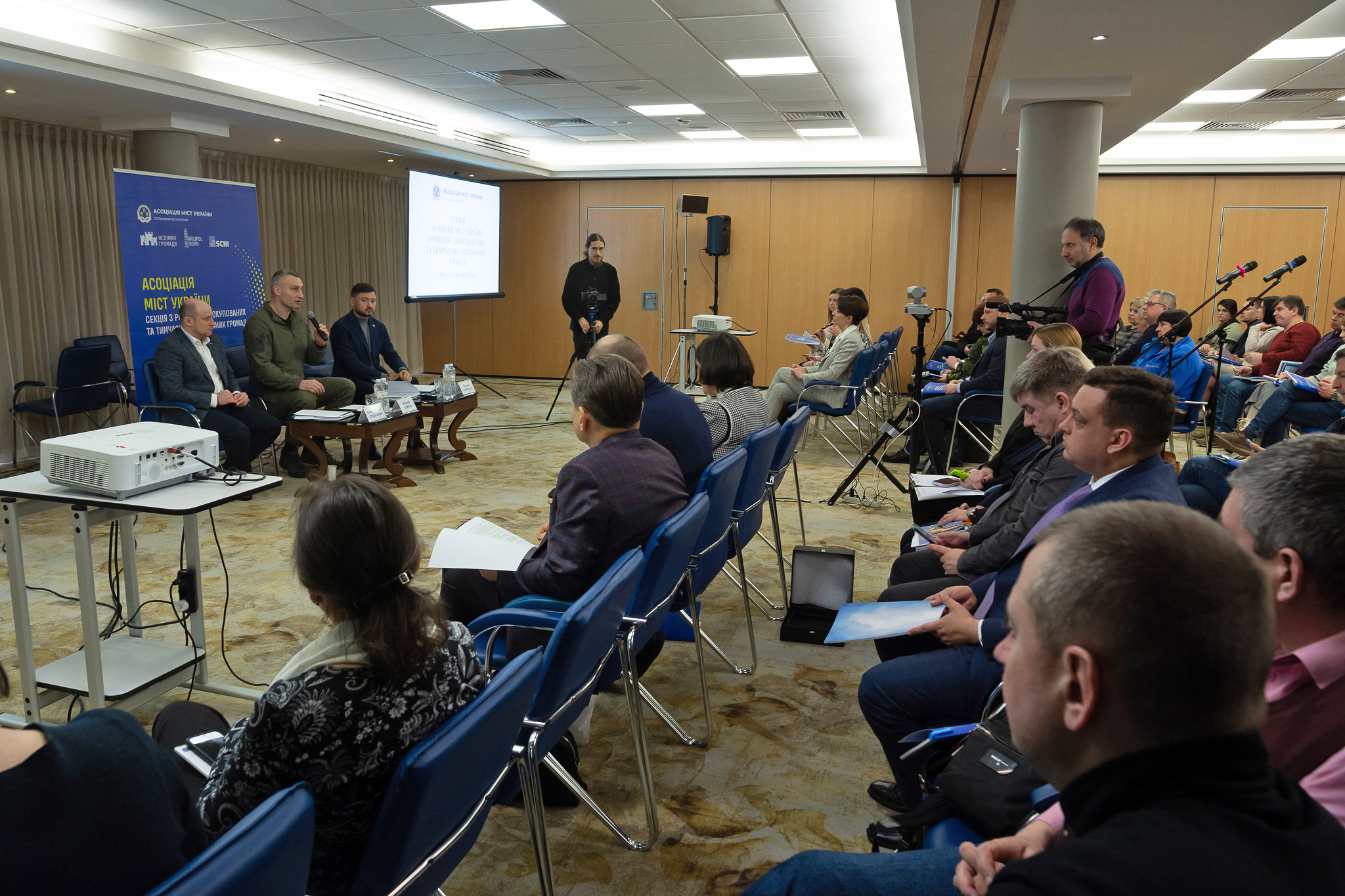
Unfortunately, 144 communities are still uncontrolled in Ukraine. Donetsk, Lugansk regions are significantly occupied. Partly captured by the russian barbarians of Zaporizhzhya and Kherson regions. Under constant shelling are Chernihiv, Sumy, Kharkiv regions, which are not able to rebuild because of this after being de-occupation. The difficult situation with reconstruction in Kyiv and Mykolaiv regions. And many people are still forced to stay in other areas, in other people's homes. We gathered to find the solutions of the problems facing the communities together. And to share the experience of rebuilding, preparation of strategies and projects, cooperation with foreign partners to be ready to restore villages, settlements and cities immediately after their release
There are examples of local support for IDPs, such as the network of I’Mariupol centers, which provides comprehensive support to more than 60,000 Mariupol residents. There are examples of support from the municipalities of Bakhmut, Melitopol and Kherson.
Separate block was devoted to the solution of providing internally displaced persons with temporary housing, compensation for rent and the cost of destroyed housing. As of today, between 2.5 and 4 million Ukrainians have lost their homes. Among the ways to solve the problem are compensation for the cost of renting housing, the state mortgage lending program eOselya. There is also experience in creating social, temporary housing by renovating existing dormitories. This first pilot project in Dnipro was implemented by the Mariupol City Council with the support of the Government and international partners.
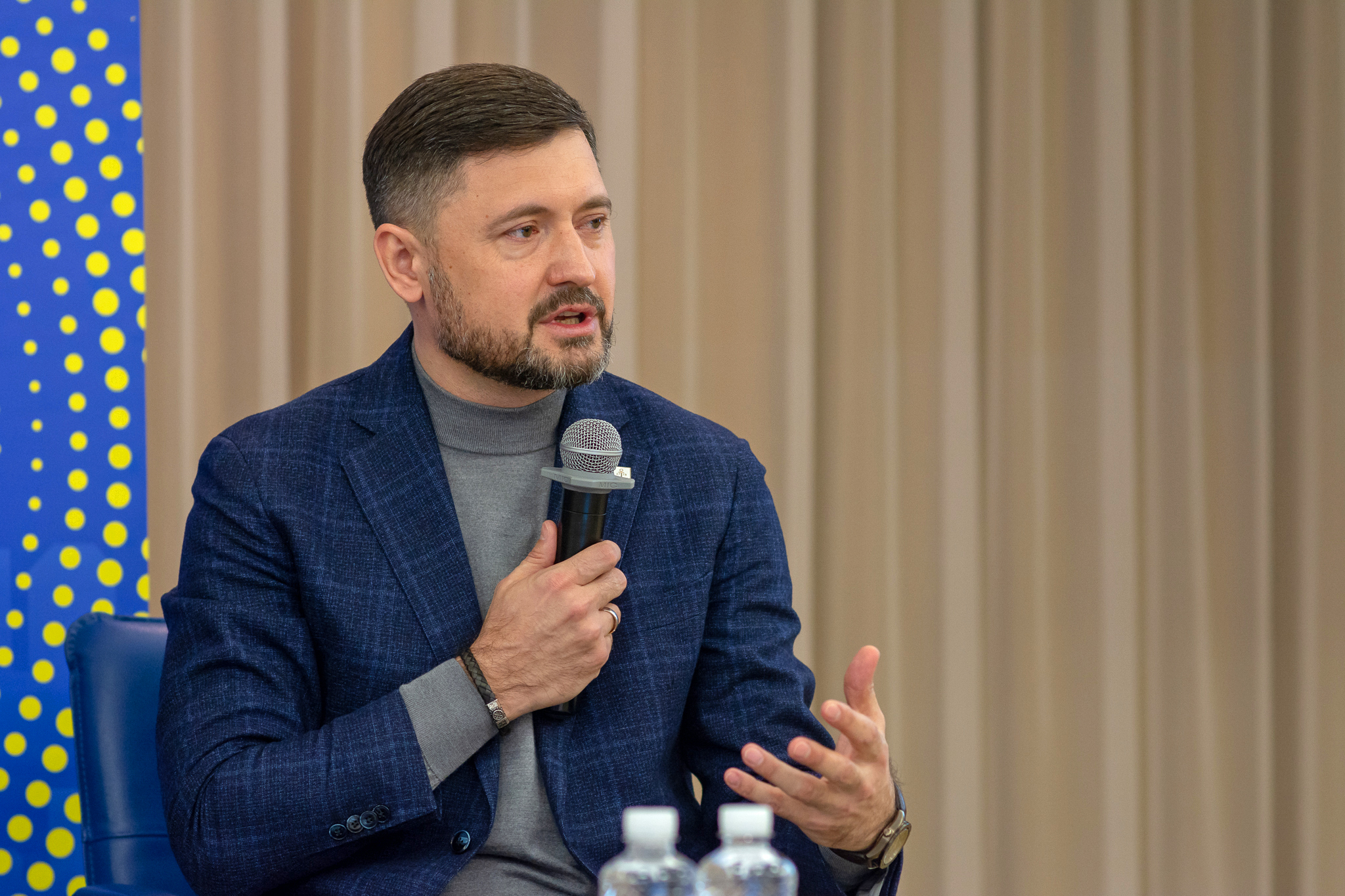
The mayor of Mariupol and the head of the section of temporarily occupied and deocal communities of the AUC Vadym Boichenko said that the Mariupol municipality team is engaged in the development of a large -scale city revival plan after its de -occupation. It is not just a plan for the reconstruction of Mariupol, but also a clear step -by -step algorithm for all communities that were occupied by the enemy or in one way or another suffered from a full -scale attack of the Russian Federation.
Mariupol Reborn is a recovery plan being worked on by architects, urbanists, and experts from all over the world. It is important for us to prepare for reconstruction in advance, and we are glad that we have partners and like-minded people in this endeavor. Those who are already planning what the de-occupied communities will look like and how to organize the reconstruction of the destroyed territories. The developed tools can be used by all communities that also face similar problems and challenges

